Never-before-seen chemical modifications set biochemists abuzz.


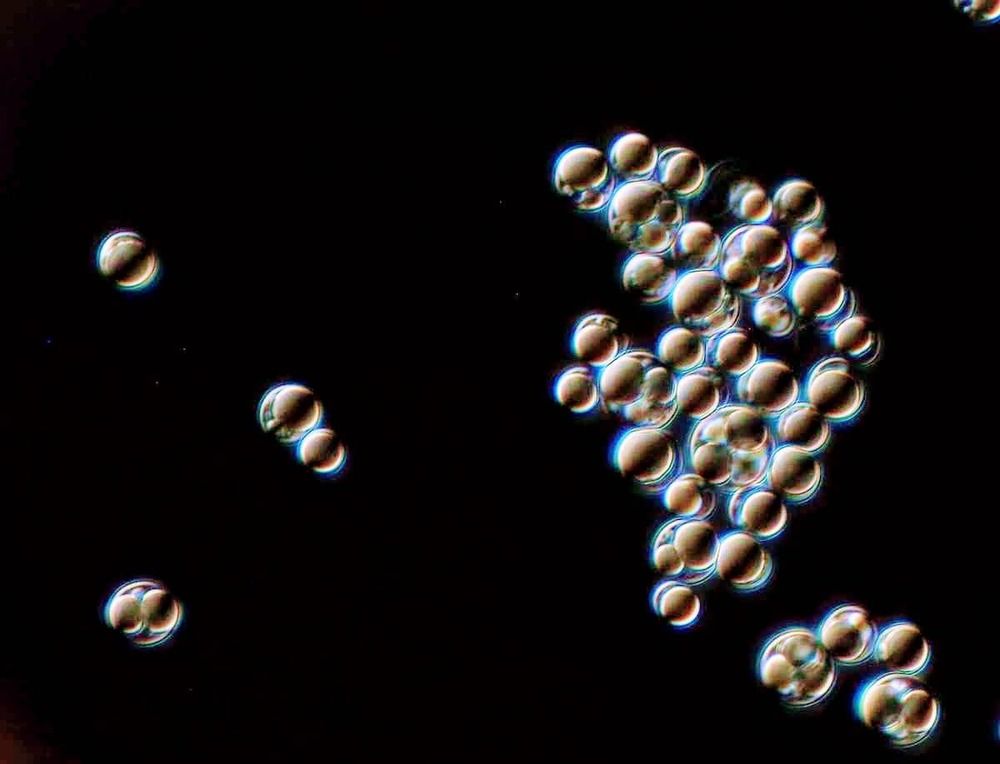
Checkerspot, a biotech startup using microalgae to produce performance materials, announced today that it has closed its Series A financing for $13 million. The round was led by Builders VC, and included Breakout Ventures, Viking Global Investors, KdT Ventures, Plug and Play Ventures, Sahsen Ventures, and Godfrey Capital, among others.
Checkerspot combines bioengineering, chemistry, and materials science to go from microalgae to next-generation performance materials.
“This is a pretty significant milestone for us,” said Checkerspot CEO Charles Dimmler. He said the funding would support the company’s continued infrastructure development, as well as ongoing commercial activities with Beyond Surface Technologies and DIC that focus on novel triglycerides and polyols. He also said it would help complete the development of a direct-to-consumer product later this year.

When I imagine the inner workings of a robot, I think hard, cold mechanics running on physics: shafts, wheels, gears. Human bodies, in contrast, are more of a contained molecular soup operating on the principles of biochemistry.
Yet similar to robots, our cells are also attuned to mechanical forces—just at a much smaller scale. Tiny pushes and pulls, for example, can urge stem cells to continue dividing, or nudge them into maturity to replace broken tissues. Chemistry isn’t king when it comes to governing our bodies; physical forces are similarly powerful. The problem is how to tap into them.
In a new perspectives article in Science, Dr. Khalid Salaita and graduate student Aaron Blanchard from Emory University in Atlanta point to DNA as the solution. The team painted a futuristic picture of DNA mechanotechnology, in which we use DNA machines to control our biology. Rather than a toxic chemotherapy drip, for example, a cancer patient may one day be injected with DNA nanodevices that help their immune cells better grab onto—and snuff out—cancerous ones.

Investigating the heaviest elements known is rewriting our knowledge of chemistry and may even mean the end of the periodic table itself, writes Kit Chapman.
In 2018, Peter Schwerdtfeger published a paper that turned chemistry on its head. According to calculations he and his colleagues performed, oganesson – element 118, the heaviest known – was not a noble gas as you would expect from its position in the periodic table, but a highly reactive solid. Even stranger, it didn’t seem to have electron shells.1
‘Well, that statement is oversimplified,’ says Schwerdtfeger, a theoretical chemist at Massey University in New Zealand. ‘You can still build up the electron densities from orbitals describing individual shells. What happens is that for oganesson the shell structure is barely visible, approaching an electron gas.’
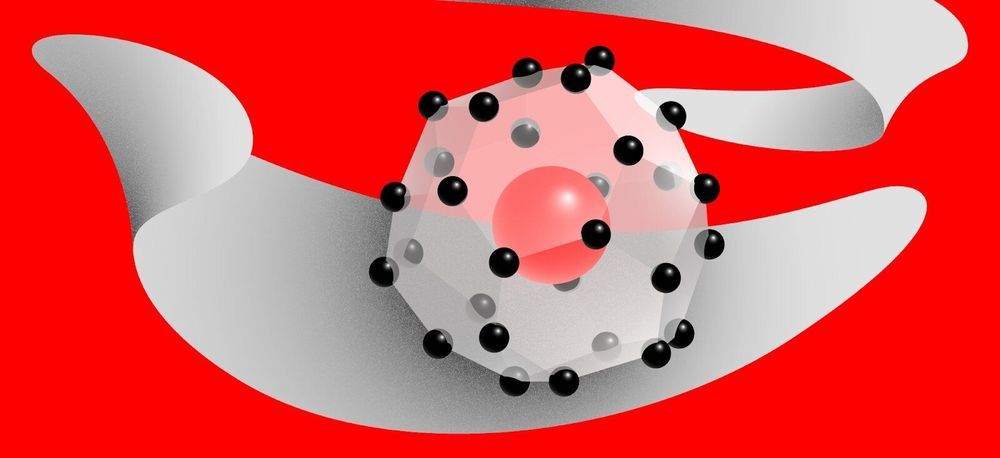
Researchers from the U.S., Russia, and China have bent the rules of classical chemistry and synthesized a “forbidden” compound of cerium and hydrogen—CeH9—which exhibits superconductivity at a relatively low pressure of 1 million atmospheres. The paper came out in Nature Communications.
Superconductors are materials capable of conducting an electric current with no resistance whatsoever. They are behind the powerful electromagnets in particle accelerators, maglev trains, MRI scanners, and could theoretically enable power lines that deliver electricity from A to B without losing the precious kilowatts to thermal dissipation.
Unfortunately, the superconductors known today can only work at very low temperatures (below −138 degrees Celsius), and latest record (−13 degrees Celsius) requires extremely high pressures of nearly 2 million atmospheres. This limits the scope of their possible applications and makes the available superconducting technologies expensive, since maintaining their fairly extreme operating conditions is challenging.
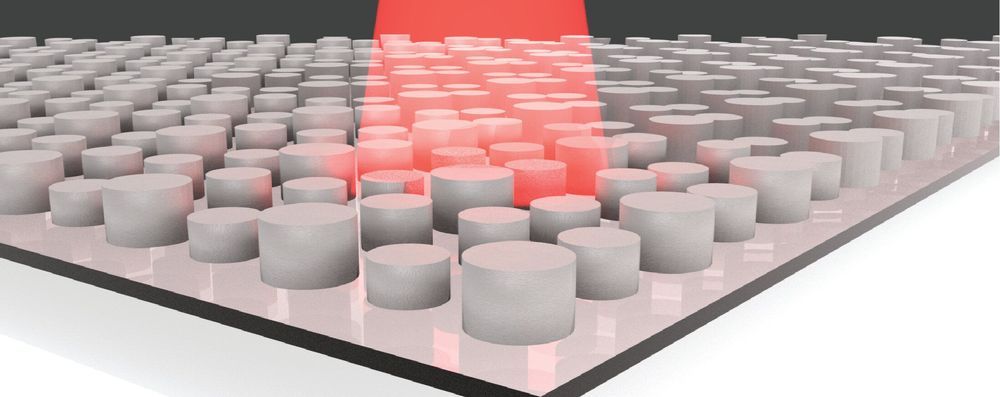
Electrical engineers at Duke University have harnessed the power of machine learning to design dielectric (non-metal) metamaterials that absorb and emit specific frequencies of terahertz radiation. The design technique changed what could have been more than 2000 years of calculation into 23 hours, clearing the way for the design of new, sustainable types of thermal energy harvesters and lighting.
The study was published online on September 16 in the journal Optics Express.
Metamaterials are synthetic materials composed of many individual engineered features, which together produce properties not found in nature through their structure rather than their chemistry. In this case, the terahertz metamaterial is built up from a two-by-two grid of silicon cylinders resembling a short, square Lego.
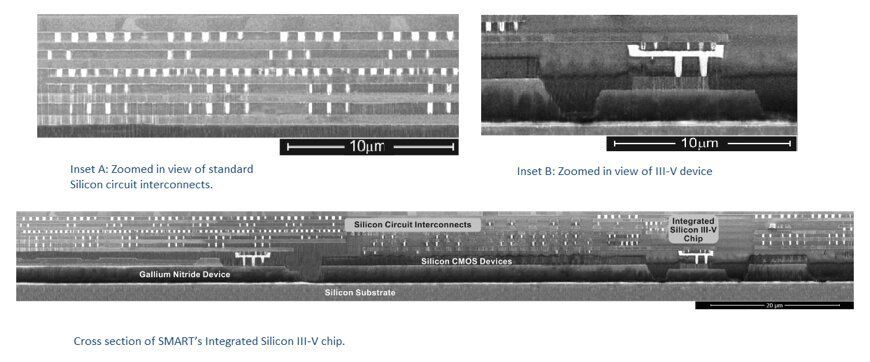
The Singapore-MIT Alliance for Research and Technology (SMART), MIT’s Research Enterprise in Singapore, has announced the successful development of a commercially viable way to manufacture integrated Silicon III-V Chips with high-performance III-V devices inserted into their design.
In most devices today, silicon-based CMOS chips are used for computing, but they are not efficient for illumination and communications, resulting in low efficiency and heat generation. This is why current 5G mobile devices on the market get very hot upon use and would shut down after a short time.
This is where III-V semiconductors are valuable. III-V chips are made from elements in the 3rd and 5th columns of the elemental periodic table such as Gallium Nitride (GaN) and Indium Gallium Arsenide (InGaAs). Due to their unique properties, they are exceptionally well suited for optoelectronics (LEDs) and communications (5G etc) — boosting efficiency substantially.

Result: Some 6 million pounds of spent nuclear waste, generated over a half-century, remain in seismically sensitive spots on the California coast, at both San Onofre and Diablo Canyon. That’s among some 200 million pounds of radioactive waste languishing at 80 reactor sites in 35 states from sea to shining sea, where it will remain for the foreseeable future.
“We’ve so tainted this whole process because of fear,” said James Conca, a controversial nuclear energy advocate with a doctorate in geochemistry from the California Institute of Technology. “You get everyone so scared you never do anything.
”Look, we know where to put this stuff,” he said. ”We’ve known for 60 years. We have an operating deep geologic repository right now — but it’s only for bomb waste.”
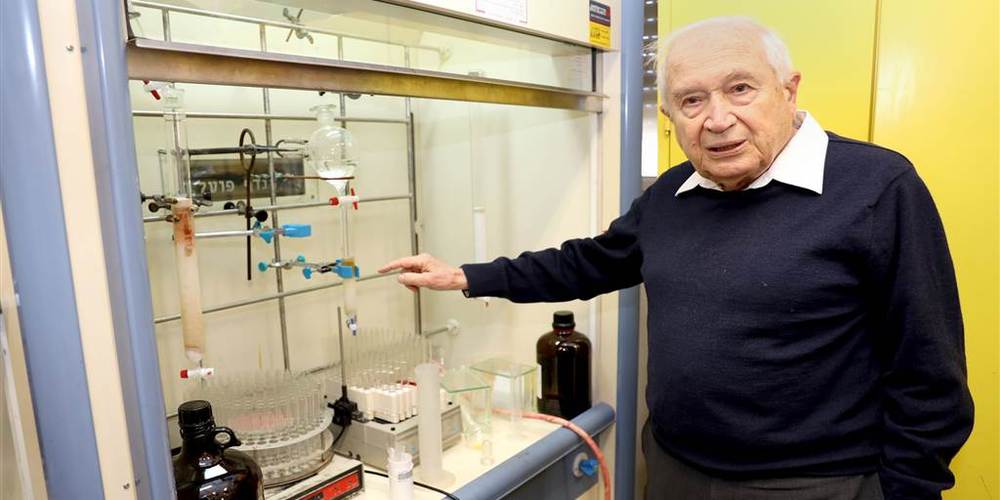
Raphael Mechoulam, an Israeli organic chemist and professor of medicinal chemistry at the Hebrew University of Jerusalem, remembers the letdown after his groundbreaking discoveries surrounding the structure of the cannabis compounds CBD and THC in 1963 and 1964, followed by clinical tests with CBD published in 1980.
“Not much happened,” Mechoulam said, noting that it would take more than 30 years before his clinical work on using CBD, or cannabidiol, to treat epilepsy became widely accepted. Greenwich Biosciences, which is owned by GW Pharmaceuticals, was able to develop the first cannabis-derived drug that built on Mechoulam’s research. The drug, Epidiolex, treats seizures associated with two rare forms of epilepsy and was approved by the FDA only last year.
But even as his work laid the foundation for the modern cannabis industry and for understanding how cannabis interacts with the human body, a white whale eluded research: cannabis acids, which are compounds that are produced in the plant when it is alive and may be more potent than their better-known derivatives, such as CBD and THC.
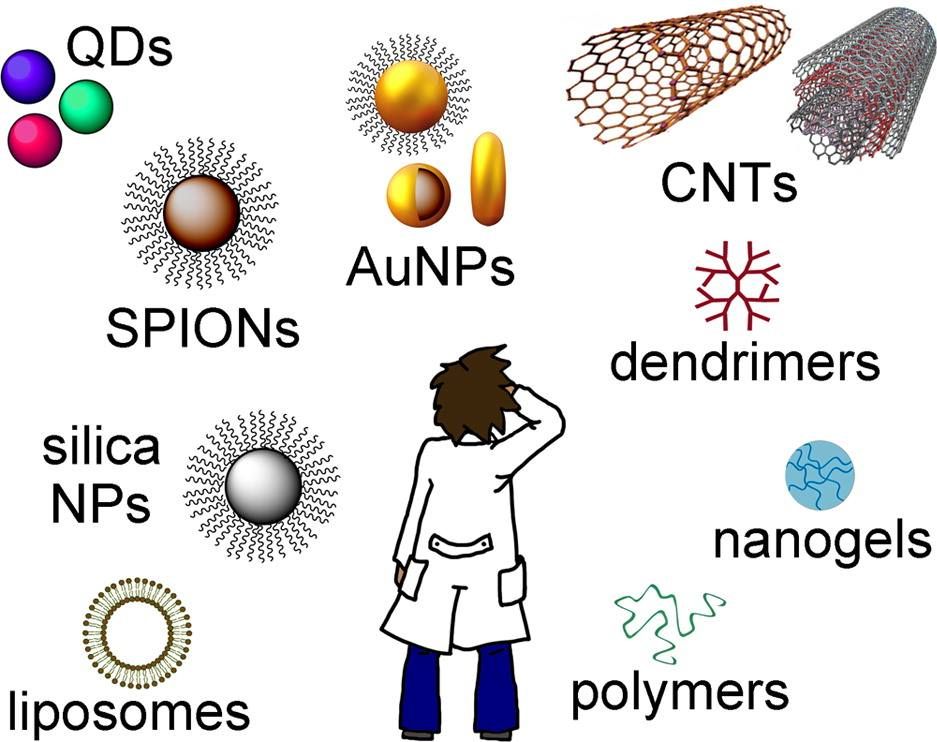
Next generation nanomedicine will rely on innovative nanomaterials capable of unprecedented performance. Which ones are the most promising candidates for a medicinal chemist?
Find out more: http://acspubs.co/XxlB50woh6w